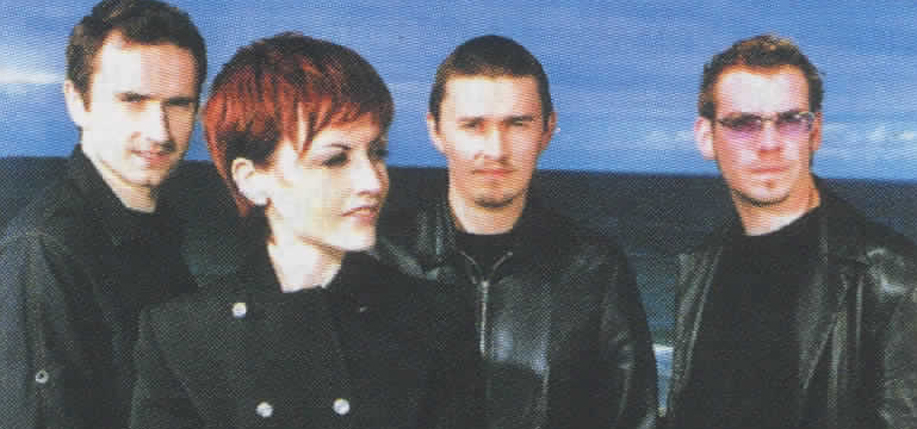Although these surnames sound alike, the similarities end there. The Hogans are a Dalcassian family. Hogan comes from the Irish word óg meaning young. In Irish mythology, the land of eternal youth is called Tir Na nÓg. The Irish name of Hogan, Ó’hÓgáin, denotes that they are ancestors of Ogan, who was a direct descendant of Brian Boru, the last great High King of Ireland who defeated the Vikings in 1014 A.D.
The name is prevalent in Ireland, one of the 100 most common surnames. It has a strong presence in the Counties of Limerick, Clare, and Tipperary, near Nenagh, where one of the ancient clan chiefs had a castle called Ardcrony. The original “O” is almost never used by modern members of the clan.
Some of the well-known Irish Hogans include John Hogan, (1800-1858) a prominent Irish sculptor whose works are on view at many sites in Dublin and Cork as well as on the European continent. A famous Daniel O’Connell statue of his stands in Limerick. Patrick Hogan (1891-1936) was the first minister for agriculture in the Irish Free State. He was widely hailed for introducing reform legislation on land ownership and agricultural production. “Galloping Hogan” was one of the heroes of Patrick Salsfield’s daring assault on an English ammunition train at Ballyneety in 1690.
In entertainment, Australian actor Paul Hogan (1939) is a producer and star of the successful Crocodile Dundee film series, and American Hulk Hogan (1953), whose birth name is Terry Gene Bollea, is an actor and former wrestler with the Worldwide Wrestling Federation (WWF), a wildly popular TV show during the late 1980s and early 1990s. Of course, who could forget the popular show Hogan’s Heroes, based on Col. Hogan, a wisecracking POW? And two members of the Irish band The Cranberries are from the Hogan clan, brothers Noel (1971) and Michael Hogan (1973).
Ben Hogan (1912-1997) was a professional golfer whose Irish connection started with his place of birth — Dublin, Texas. He was a PGA champion and four-time U.S. Open champion. His claim to fame is that he is the only golfer to have won the U.S. Open, British Open and Masters all in the same year in 1953.
J.P. Ted’s, the luxury shoe maker, has a division called Hogan that sells high-end footwear and accessories. There is also a place called Ballyhogan near Dysart in County Clare and a Hogan’s Pass near Nenagh, Co. Tipperary.
Logan has more complicated origins. The Logans of the Northern counties are generally of Scottish stock. Many of them came to Ireland during the Plantation of Ulster in the early 17th century. In the counties of Galway and Westmeath there are Logans whose names are derived from the Irish O’Loughan, which is also anglicized as Lohan, like American teen movie queen, Lindsay Lohan (1986). The name has also been subject to an absurd anglicization because of the similarity of the name to the Irish word, lacha, meaning duck.
Some famous Logans include County Antrim man James Logan (1674-1751), an associate of William Penn who held several high positions in Pennsylvania government, and Lt. General Edward Lawrence Logan (1875-1939) who was a fixture in Massachusetts state politics and for whom Logan International Airport in Boston is named.
The name Cogan comes from Milo de Cogan, who was one of the original Norman invaders of Ireland and the right-hand man of the leader Strongbow. As a reward for his service, de Cogan was given large tracts of land in Cork. However, he never gained full control of the lands and was eventually killed by Celts in 1182. As a result, the name had various incarnations in latter years, from Gogan and Goggin to Coogan. Cogan is still prominent in areas of County Cork today. Award-winning Irish author and historian Tim Pat Coogan has written extensively on Irish history, including a biography of Michael Collins and Wherever Green is Worn: The Story of the Irish Diaspora. ♦


Leave a Reply